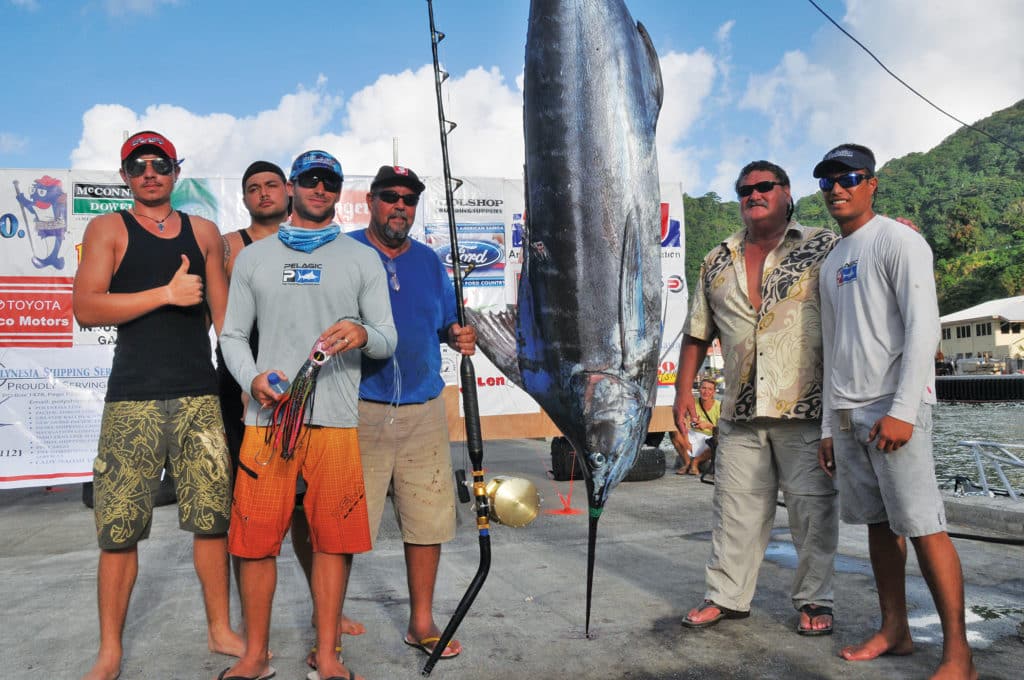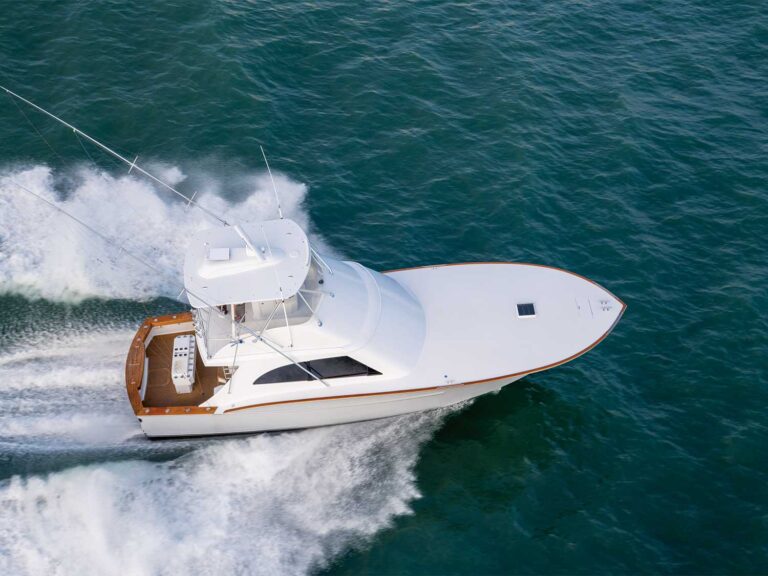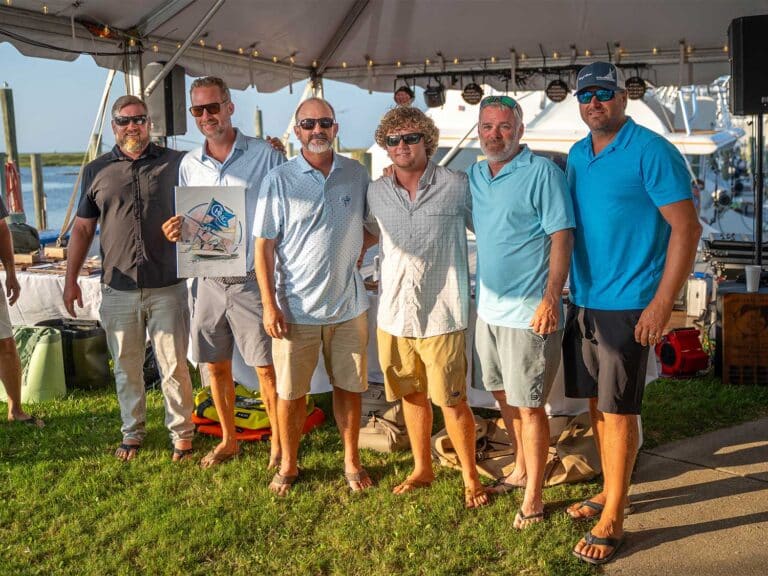
Opener
The islands of American Samoa could be considered the United States’ stepping stone into the South Pacific. The five main islands in the group include Tutuila, Ta’u, Ofu, Olosega and Aunu’u. Tutuila (of which the town of Pago Pago, pronounced “pango pango,” is the main center) contains about two-thirds of the total area and is home to 95 percent of the 65,000 islanders. Only 40 nautical miles away is the independent island nation of Samoa, formally known as Western Samoa.
American Samoa has been a territory of the United States since the signing of the Deed of Cession in 1900. American Samoa has the feel of an unspoiled, undeveloped Hawaii: a veneer of Americanism overlaying a strong Polynesian culture, though with little Asian influence. The island of Tutuila is high and volcanic and the coastline is a mix of volcanic rocky shore, coral reefs, and stunning white-sand beaches. Though the infrastructure is well-developed, the tourism industry is in its infancy, although cruise-ship visits are increasing. Right-minded visitors might consider this a good thing because many aspects of these islands are unspoiled.
Fishing American Samoa
A large part of American Samoa’s economy is underpinned by its tuna canneries, which process commercial purse-seine and longline catches from all over the Pacific and supply a large percentage of the American mainland’s canned tuna. Consequently, you might think that the pelagic fishery around the islands would be in bad shape, but you would be incorrect. With a 50-nautical-mile exclusion zone around the islands for commercial boats longer than 15 meters (though this regulation has recently been challenged by commercial interests) and some excellent offshore structure, the recreational fishing ranks as some of the best in the Pacific islands in terms of sheer action. I discovered this during my first visit many years ago, a three-hour flight from my home in New Zealand.

Charter boat skipper Andy Wearing collected me from my hotel in a huge, black Ford pickup and took me down to the harbor where the rest of his crew was waiting — Russ Cox (like Wearing, an expat New Zealander) and Samoan Samuelu Fuamatu. Bonavista II is a basic but practical charter boat, one of the few on the island. We were soon heading out of massive and magnificent Pago Pago Harbor, passing by the handy structure of the Taema and Nafanua banks just offshore, beyond the local FAD, and heading for the South Bank, a big seamount 36 nautical miles offshore.
The Fish Are There
Certainly the big fish are there. Expat U.S. skipper Chris Donato, based across the channel in Samoa, targets marlin and uses 130-pound-class tackle. His best result to date is a 1,025-pound blue, caught in 2011. Before leaving home, I did a little research. The previous year’s tournament catch report listed 25 blue marlin tagged and one weighed at 258 pounds, along with three sailfish tagged and a bunch of lesser fish (tuna, etc.) weighed, totaling 125 captures. You can’t complain about that among 12 boats and 55 anglers.

The year I attended, in 2012, 67 fish were weighed, including two blue marlin of 392 pounds and 306 pounds, with an additional 11 blues tagged and released for a total of 78 fish overall. The locals reckoned it was a slow fishing tournament. In 2015, 104 captures total were reported. Of these, a black marlin of 286 pounds and two blues of 276 and 227 pounds were weighed, and an additional 13 blues were tagged and released, along with eight sailfish.
Given that most local boats don’t really target billfish, the charter fleet consists of only one or two boats. A big percentage of the billfish that strike are lost, so the modest results mentioned are a little misleading. I reckon American Samoa might have one of the best blue marlin fisheries in the Pacific, just waiting to be explored.
Hot Tuna Bite
We ended the day with about 25 fish on ice, the bulk of them yellowfin. Back at the dock, there was no shortage of friends and family happy to get some fresh fish. As mentioned, there is a wealth of offshore structure around Tutuila, and we explored more of it the next day.

It was another early start, and this time I was doing a ride-along on Bonavista II, which was fishing the Pago Pago Game Fishing Club’s Women’s and Juniors’ Tournament. It was pretty much the same crew as the day before, with the addition of our designated angler, Rose Talalotu. We headed 33 nautical miles offshore to a structure called the Two Percent Bank.
Marlin Encounter
We found more life there, and we started with multiples of skipjack and the odd school of yellowfin jumping on the big skirted lures. Talalotu dropped one reasonable fish after a good run, then was broken — or cut off — by a modest blue marlin that jumped about a dozen times after the line parted.

The Pago guys tend to chase prime eating fish, such as tuna, wahoo, mahimahi and the like, rather than billfish. In fact, some consider marlin a mildly annoying bycatch because they take so long to pull in, and are not such good eating as a nice tuna, wahoo or mahimahi. For example, I noticed we were trolling on the relatively shallow tops of the banks, rather than along the drop-offs where big billfish are more likely to lurk. Even so, local anglers still hook plenty of blue marlin, along with the odd black and numerous sailfish, and they don’t seem to complain too much when they do.
Epic Battle
After yet another quad of yellowfin and skipjack tuna was dealt with, an 80-pound rig hammered down and the line screamed off. It had a more emphatic look to it, and I was not surprised to see another blue marlin take to the air. The fish carved up the surface about 200 yards out, jumping 15 times. Then the hard work started for Talalotu.

The harness was a bit large for her, and she couldn’t get full pressure on the fish, but she slowly won back line. The fish stuck about 50 yards out and 60 feet down for quite some time, with Talalotu not gaining or losing line. She stuck at it calmly and gamely; a life jacket stuffed inside the back of the harness helped with the fit, allowing more pressure to be applied.

Finally, I suggested circling the fish with the boat to break its pattern. I don’t really like doing this; the changing line angle can pull a hook, but in this case, it worked. The fish popped up — a pretty, 200-pound blue — after a nearly two-hour fight. There were line cuts in the tail and anal fins, so it might well have been wrapped in the leader at one stage. It was Talalotu’s first marlin; along with her largest yellowfin, it won most of the ladies’ prizes at the tournament weigh-in later that afternoon. Every ounce of the marlin’s flesh was consumed by the local people, and Talalotu showed her blistered hands as a badge of honor for days afterward.
Final Day Aboard Bonavista II
I had one more day on the water aboard Bonavista II, and while we knew we could find plenty of action on the offshore banks, we decided to try some other alternatives, trolling lures over the shelf edge at the east end of Tutuila. A dogtooth tuna was followed by a triple of yellowfin, then a wahoo.

Traveling over more structure on the remote north side of the island, I dropped a big diving minnow into the set of skirts, and the dogtooth tuna loved it; three more hit the deck in short order. Dogtooth tuna are a territorial reef species and smarten up quickly under pressure. When you are catching them on surface-trolled lures in the middle of the day, you know that a fishery has not had much pressure.
Tournament Time
With local anglers preferring to catch tasty pelagic species like tuna and wahoo, to the extent of almost seeming to avoid billfish encounters, the question remained: Just how good is the marlin fishery in American Samoa? Certainly a lot of skipjack and small yellowfin attract billfish to the region, and there is plenty of exciting offshore structure by way of extensive seamounts and banks rising from very deep water. To answer the question, I returned to the island group to attend the big fishing event of the year, the I’a Lapo’a (“Big Fish”) International Game Fishing Tournament, held in May. It is timed to follow hot on the heels of the International Billfish Tournament in nearby Western Samoa.

The visiting anglers, mostly New Zealanders, tend to be much more interested in targeting marlin than the locals, but the strike-to-capture ratio is not great. I conducted a rough straw poll of skippers during the tournament I attended, and I figured a strike-to-capture ratio of only about 5-to-1. Obviously, the larger, more powerful fish tend to be among those that escape the smaller boats with amateur — albeit experienced — crews who might not be fishing the heavy tackle needed.
The Fish Are There
Certainly the big fish are there. Expat U.S. skipper Chris Donato, based across the channel in Samoa, targets marlin and uses 130-pound tackle. His best result to date is a 1,025-pound blue, caught in 2011. Given that most local boats don’t really target billfish, the charter fleet consists of only one or two boats. A big percentage of the billfish that strike are dropped, so the modest results mentioned are a little misleading. I reckon American Samoa might have one of the best blue marlin fisheries in the Pacific, just waiting to be explored.







